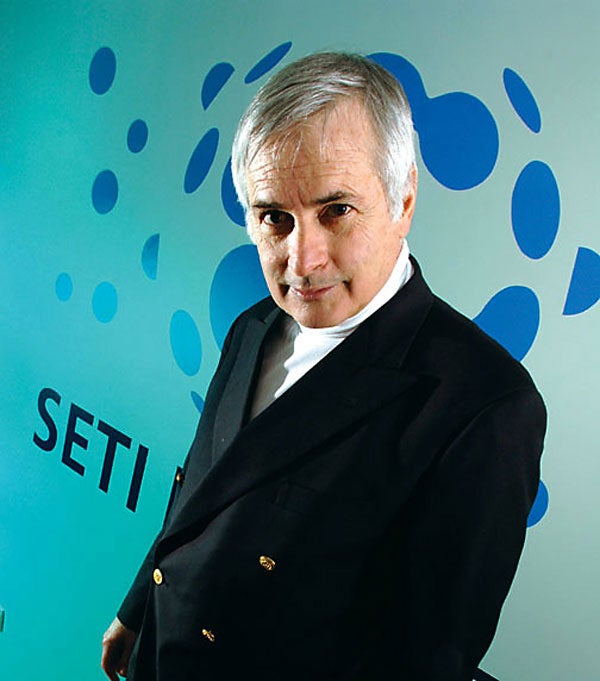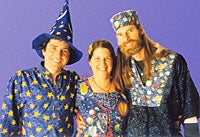Chushiro Hayashi is the recipient of the Catherine Wolfe Bruce Gold Medal. The Bruce Medal, one of astronomy’s oldest and most prestigious awards, has been presented since 1898 to individual astronomers for significant lifetime achievement in astronomy.
The Klumpke-Roberts Award was established to recognize outstanding contributions to increasing public understanding and appreciation of astronomy. This year’s acknowledgement goes to Seth Shostak, senior astronomer at the Search for Extraterrestrial Intelligence (SETI) Institute.
Shostak is known worldwide for his outreach to the general public through lectures and interviews on radio, television, in magazines, and other forums.
John Land, a noted astronomy teacher at Broken Arrow Senior High School in Broken Arrow, Oklahoma, won the Thomas J. Brennan Award. This award is given annually in recognition of exceptional achievement related to teaching astronomy at the high-school level.
Over the past two decades, Land has instructed more than 3,000 students, held workshops for other teachers and his own students in the use of portable planetaria, and conducted a wide range of public-outreach activities.
The Robert J. Trumpler Award went to David Charbonneau. Going to a recent recipient of the Ph.D. degree, the award acknowledges a young scientist’s important work to astronomy.
Charbonneau’s 2001 doctoral thesis, conducted at Harvard University, is titled “Shadows and Reflections of Extrasolar Planets,” and it and subsequent work in the search for and study of exoplanets is considered by astronomers in the field to be of great importance.
John Lacy, professor of astronomy at the University of Texas at Austin, is the recipient of the ASP’s Maria and Eric Muhlmann Award for 2004. This is given for significant observational results made possible by innovative advances in astronomical instrumentation, software, or observational infrastructure.
First presented in 1979, the Amateur Achievement Award of the ASP acknowledges an individual who is not an astronomer by trade yet has made significant contributions to the field.
This year’s winner, Nicholas Szymanek, comes from the United Kingdom. Szymanek won due to his talent and knowledge in advanced imaging and processing, especially his true-color, deep-sky images-and his ongoing contributions to education and public outreach.
Give since 2001, the Las Cumbres Amateur Outreach Award usually goes to an amateur astronomer who has made exceptional efforts in educating children and the general public. However, this year’s award recognizes a trio.
Angelo Parisi, Matt Gardner, and Terry Dye are members of northern California’s “Big Bang Band.” The ASP was impressed by their outstanding contributions to public outreach by compsing and performing original music with astronomical themes, providing educational and entertaining shows, and conducting numerous star parties.











